Accessing open source BGS software through GitHub
BGS is increasingly utilising GitHub to make its software available as open source and encourage collaboration with partners and the wider community.
15/12/2021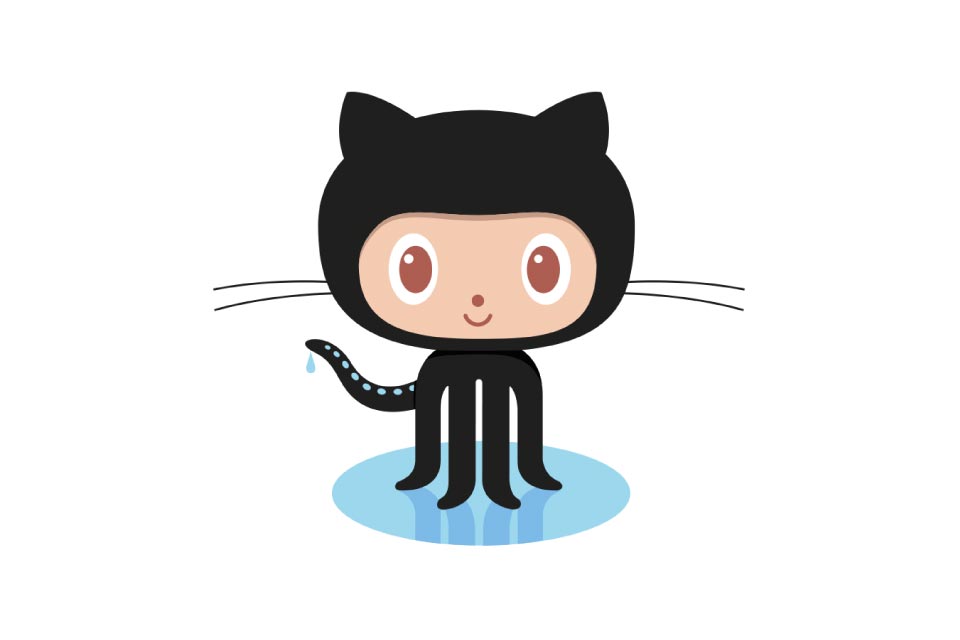
BGS is increasingly utilising GitHub, a collaborative software source control platform, to make its software available as open source to encourage collaborative software development with partners and the wider community.
Projects from across the organisation have provided access to innovative tools, documentation and even training materials through the BGS GitHub page. For example, the ETL Helper tool is a Python library that helps simplify the process of transferring data between databases. BGS published the software to GitHub to ensure that it could be used for collaborative projects with other agencies and because it could be useful for other users using Python with databases. Since then, the project has received code contributions and valuable feedback on future improvements from external users.
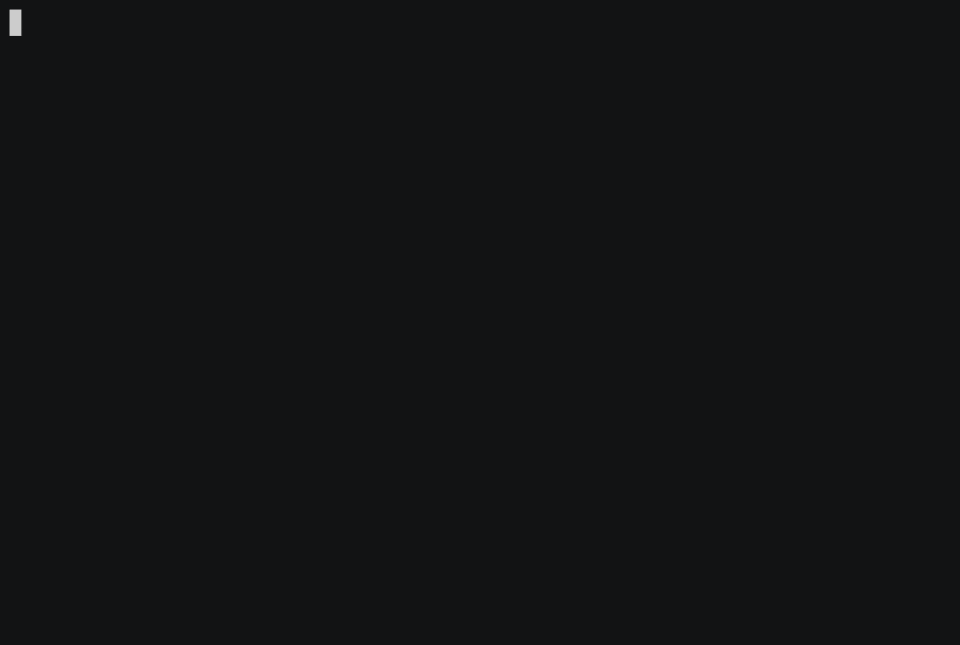
ETLHelper animated process. BGS © UKRI.
As part of this approach to more collaborative development, BGS has also been working on a new way for developers, data scientists, modellers and others across the organisation to promote and highlight their activities and outputs – the BGS GitHub blog.
Introduction to GitHub blog
BGS Digital has a development blog series published on our BGS GitHub page. Over the past 18 months, staff from across the directorate have published a range of exciting content covering innovations, how-tos and tutorials, and discussions about design concepts or development issues. Whereas ‘traditional’ blog posts tend to be longer-form discussions, these posts are designed to be short and sweet, often including code snippets and screengrabs to illustrate the discussion or concept.
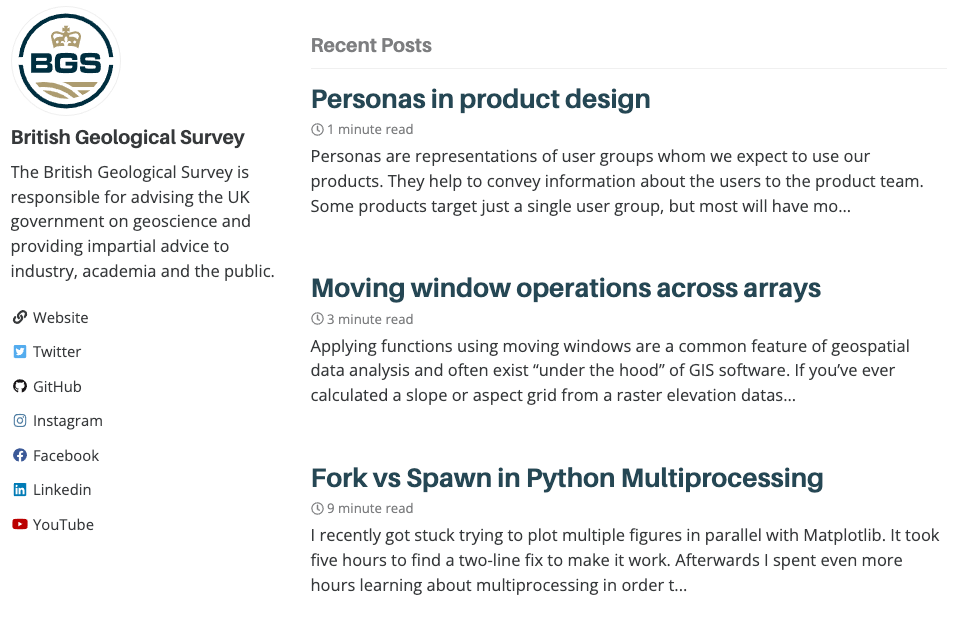
BGS GitHub blog . BGS © UKRI.
These posts are a great way to document processes, methodologies and scripts that have been used within a project, to highlight some of the concepts that worked well and to flag up some trouble areas. The posts raise the profile of the work that can sometimes go under the radar as part of a bigger project, whether it’s a back-end system that supports other, more visible parts of an application, refactoring code and servers to support recent updates or a proof of concept demonstrator used in the BGS Open Day.
As these posts are public and accessible in GitHub, it makes the work of BGS Digital visible to the wider world, which helps raise the profile of the work being undertaken across the range of fields that staff work in.
Blog Day for the application development team
We all want to make our work as visible and useful as possible, to highlight achievements and to provide solutions or support to problems that will help others inside and outside BGS. However, finding time to write a blog post can often be difficult with increasing demands on our time.
To help address this issue and seed the development blog series with exciting content, the application development team within BGS Digital held an event in August 2021 to start and finish a blog post, suitable for publication, within a single working day; a single, time-boxed event to publicise that snippet, how-to, tech demo or best practice that had been on the backlog. The day was a success with eight new posts being written that are now being scheduled for publication throughout the year.
Find out more
To learn more about the developments going on, please visit the BGS GitHub blog series.
About the author
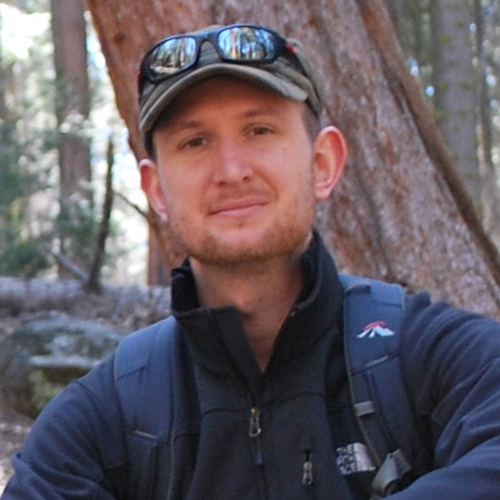
Steven Richardson
Geospatial applications developer
Relative topics
Latest blogs
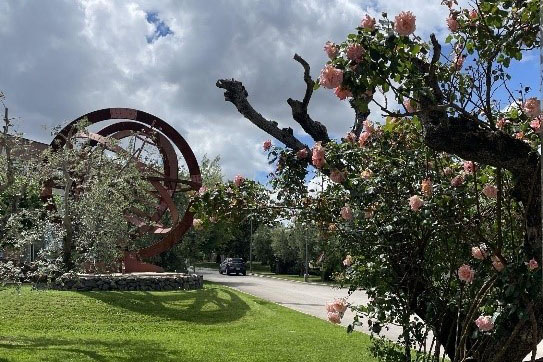
AI and Earth observation: BGS visits the European Space Agency
02/07/2025
The newest artificial intelligence for earth science: how ESA and NASA are using AI to understand our planet.
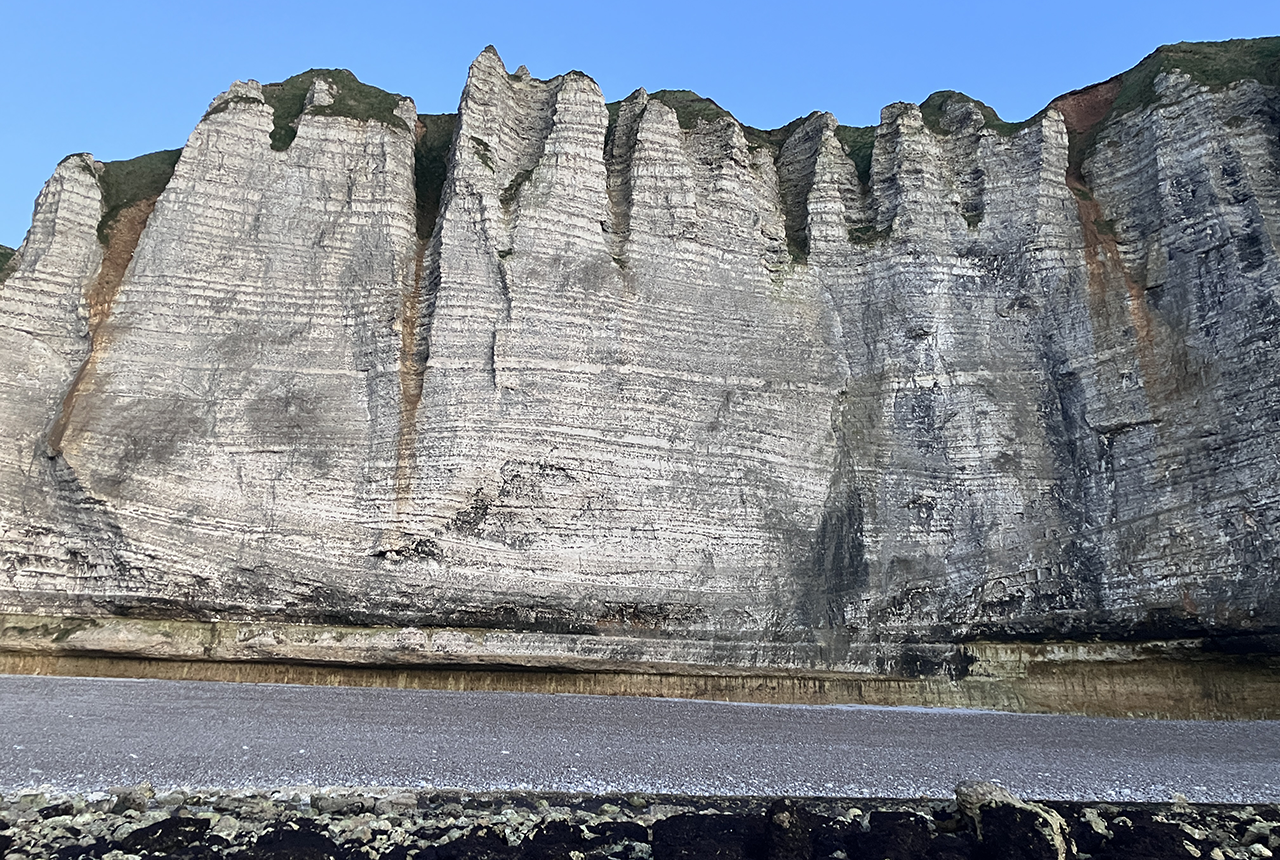
Geology sans frontières
24/04/2025
Geology doesn’t stop at international borders, so BGS is working with neighbouring geological surveys and research institutes to solve common problems with the geology they share.
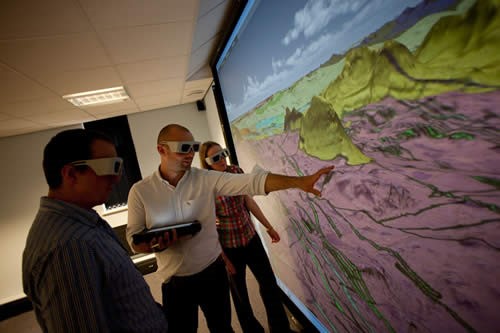
Celebrating 20 years of virtual reality innovation at BGS
08/04/2025
Twenty years after its installation, BGS Visualisation Systems lead Bruce Napier reflects on our cutting-edge virtual reality suite and looks forward to new possibilities.
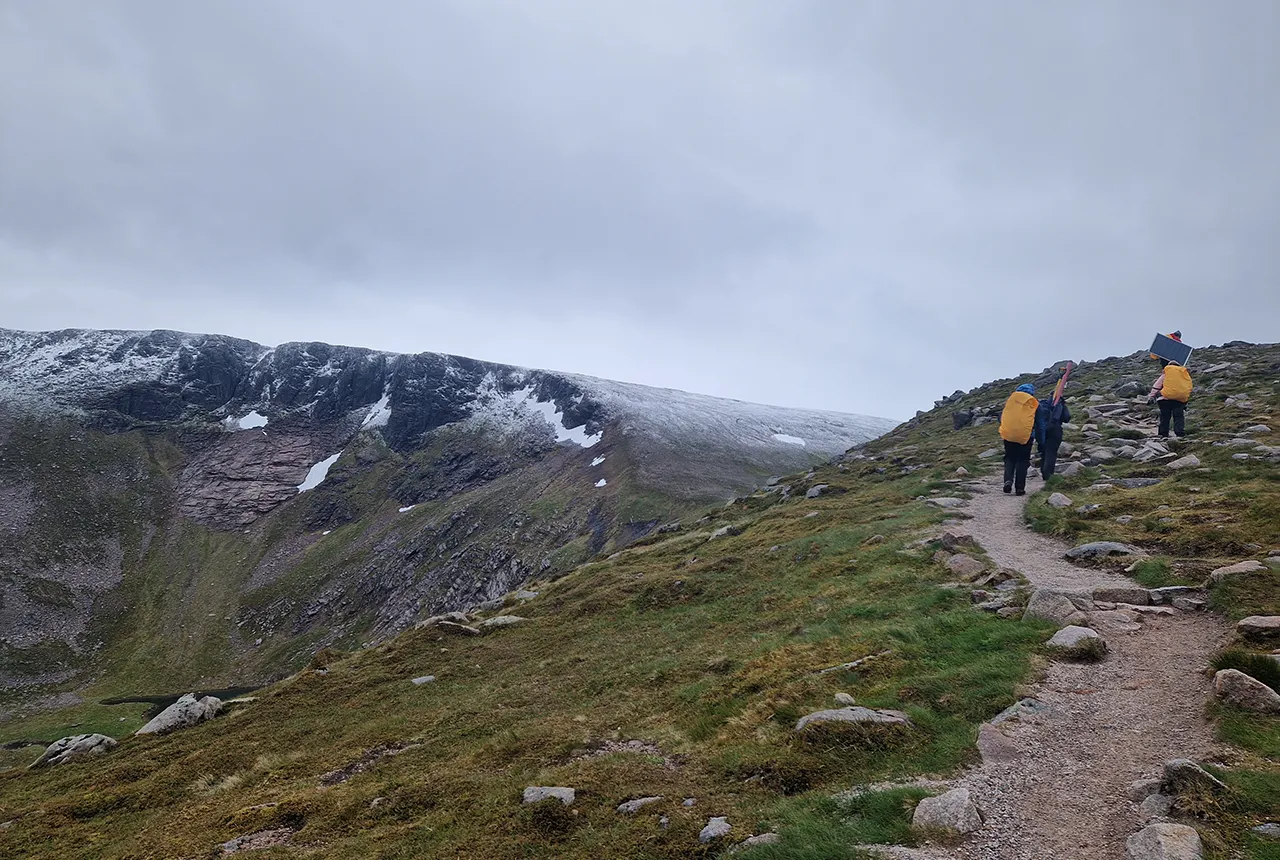
Exploring Scotland’s hidden energy potential with geology and geophysics: fieldwork in the Cairngorms
31/03/2025
BUFI student Innes Campbell discusses his research on Scotland’s radiothermal granites and how a fieldtrip with BGS helped further explore the subject.
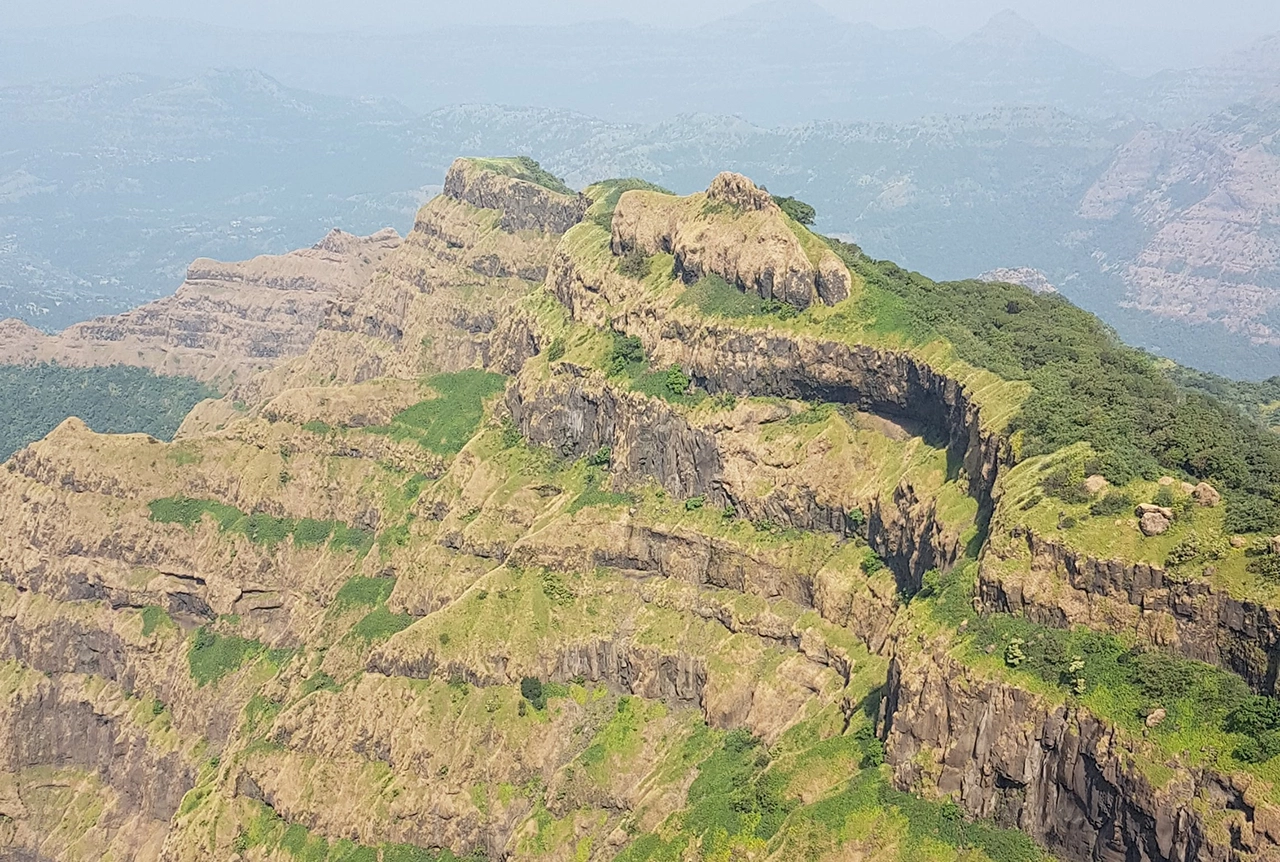
Could underground disposal of carbon dioxide help to reduce India’s emissions?
28/01/2025
BGS geologists have partnered with research institutes in India to explore the potential for carbon capture and storage, with an emphasis on storage.
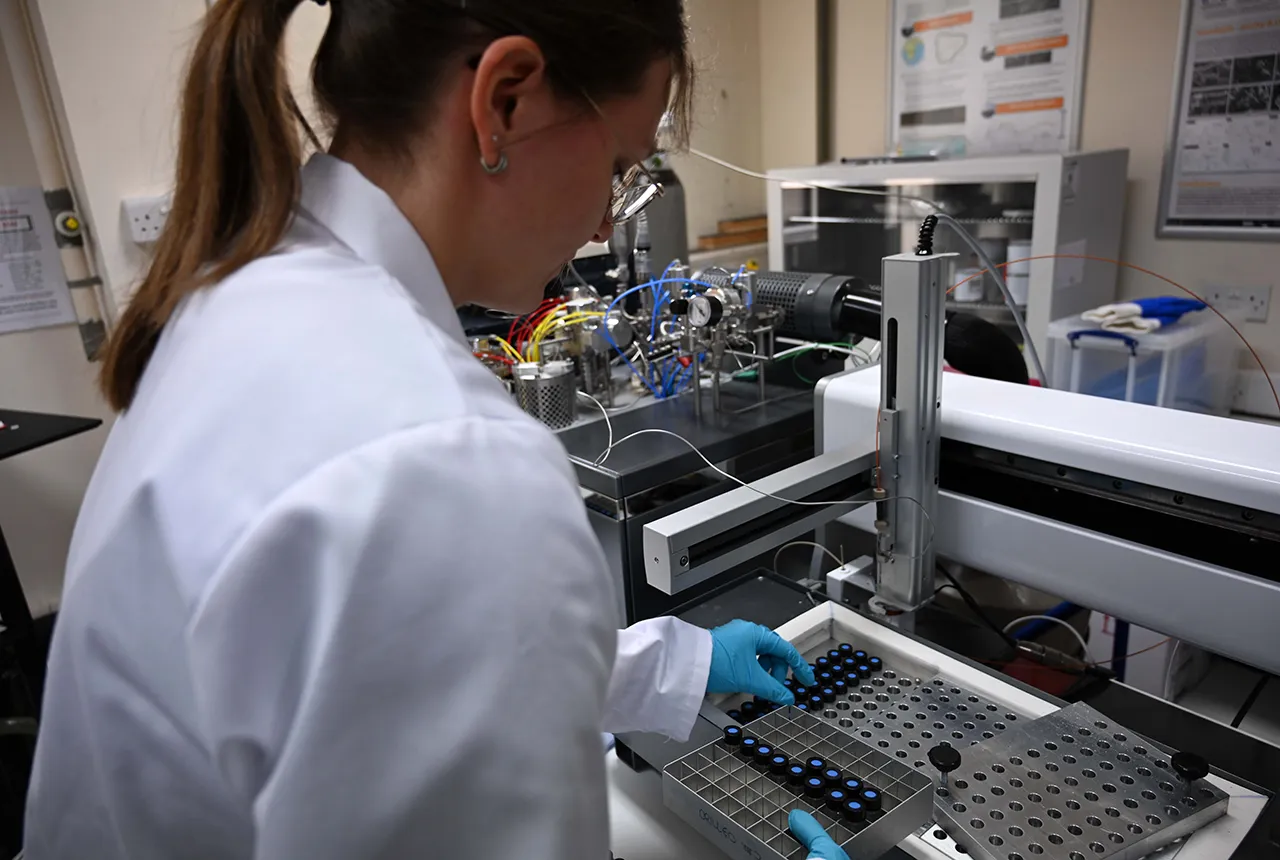
Carbon and oxygen isotope analysis of carbonates and the development of new reference materials
18/12/2024
Dr Charlotte Hipkiss and Kotryna Savickaite explore the importance of standard analysis when testing carbon and oxygen samples.
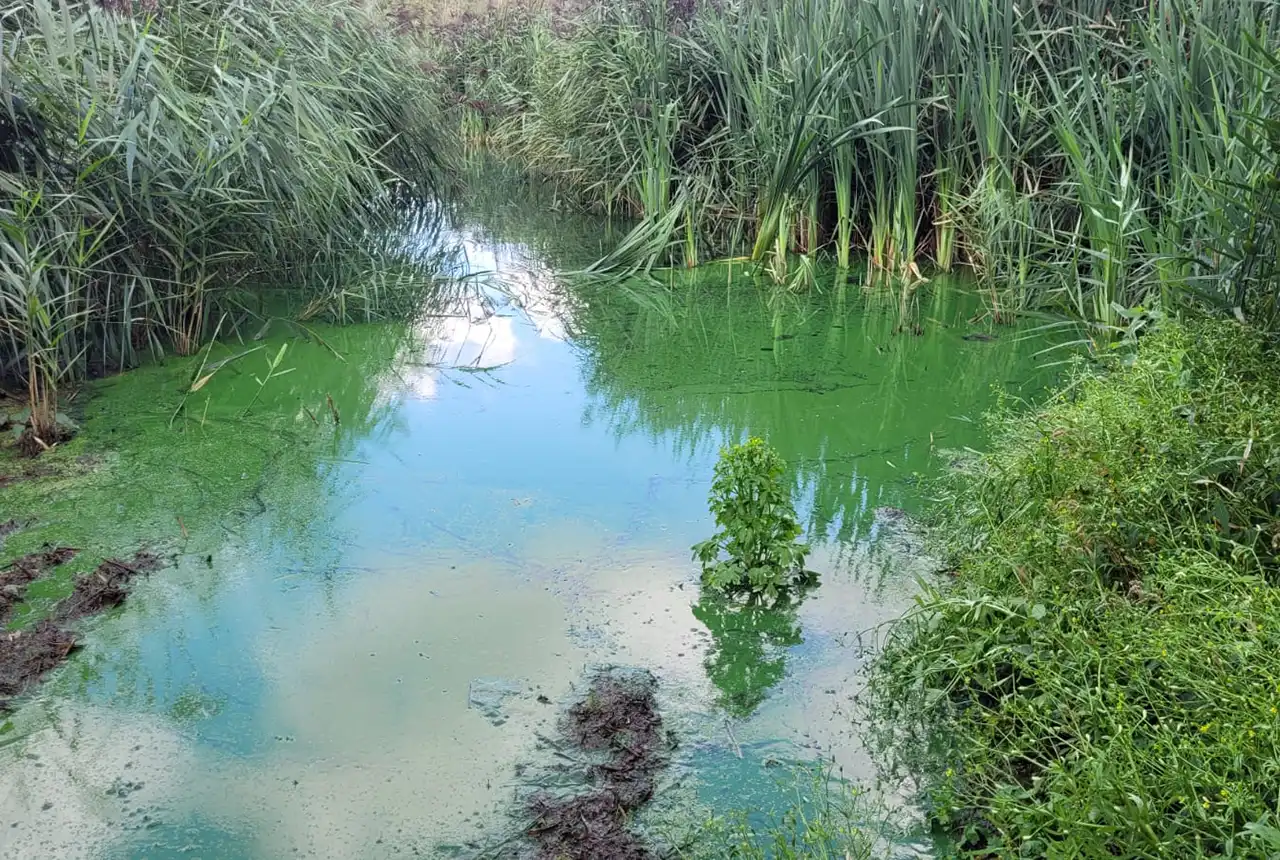
Studying oxygen isotopes in sediments from Rutland Water Nature Reserve
20/11/2024
Chris Bengt visited Rutland Water as part of a project to determine human impact and environmental change in lake sediments.
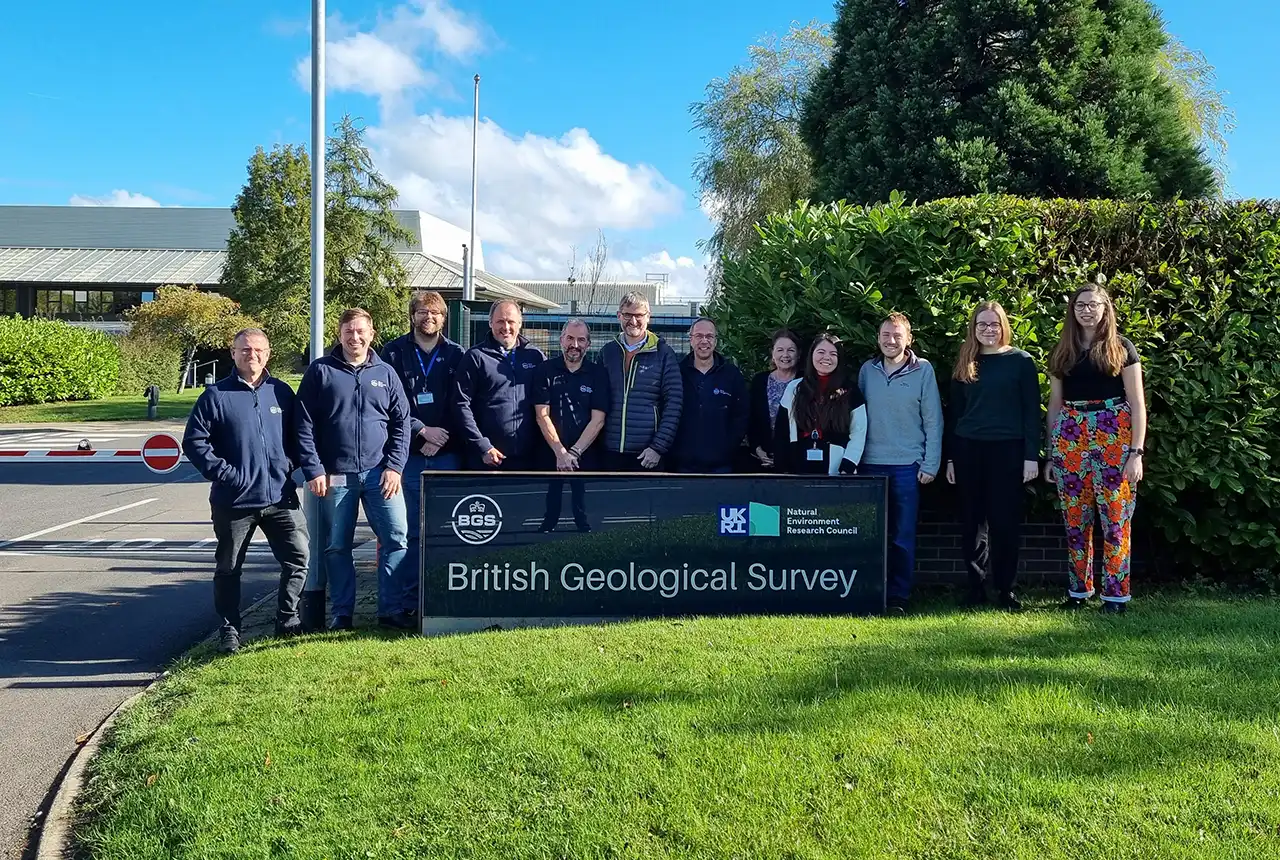
Celebrating 25 years of technical excellence at the BGS Inorganic Geochemistry Facility
08/11/2024
The ISO/IEC 17025 accreditation is evidence of technical excellence and reliability, and a mark of quality assurance.
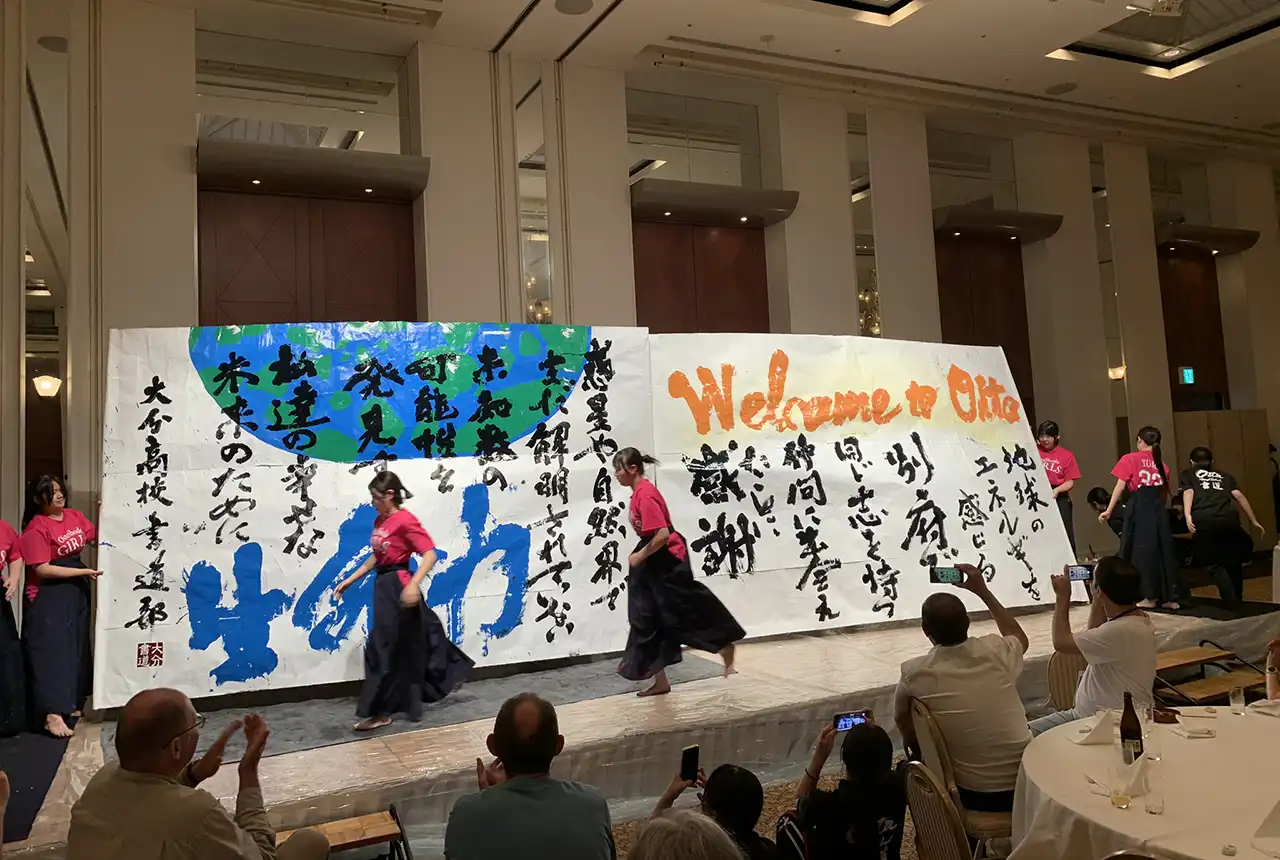
Electromagnetic geophysics in Japan: a conference experience
23/10/2024
Juliane Huebert took in the fascinating sights of Beppu, Japan, while at a geophysics conference that uses electromagnetic fields to look deep into the Earth and beyond.
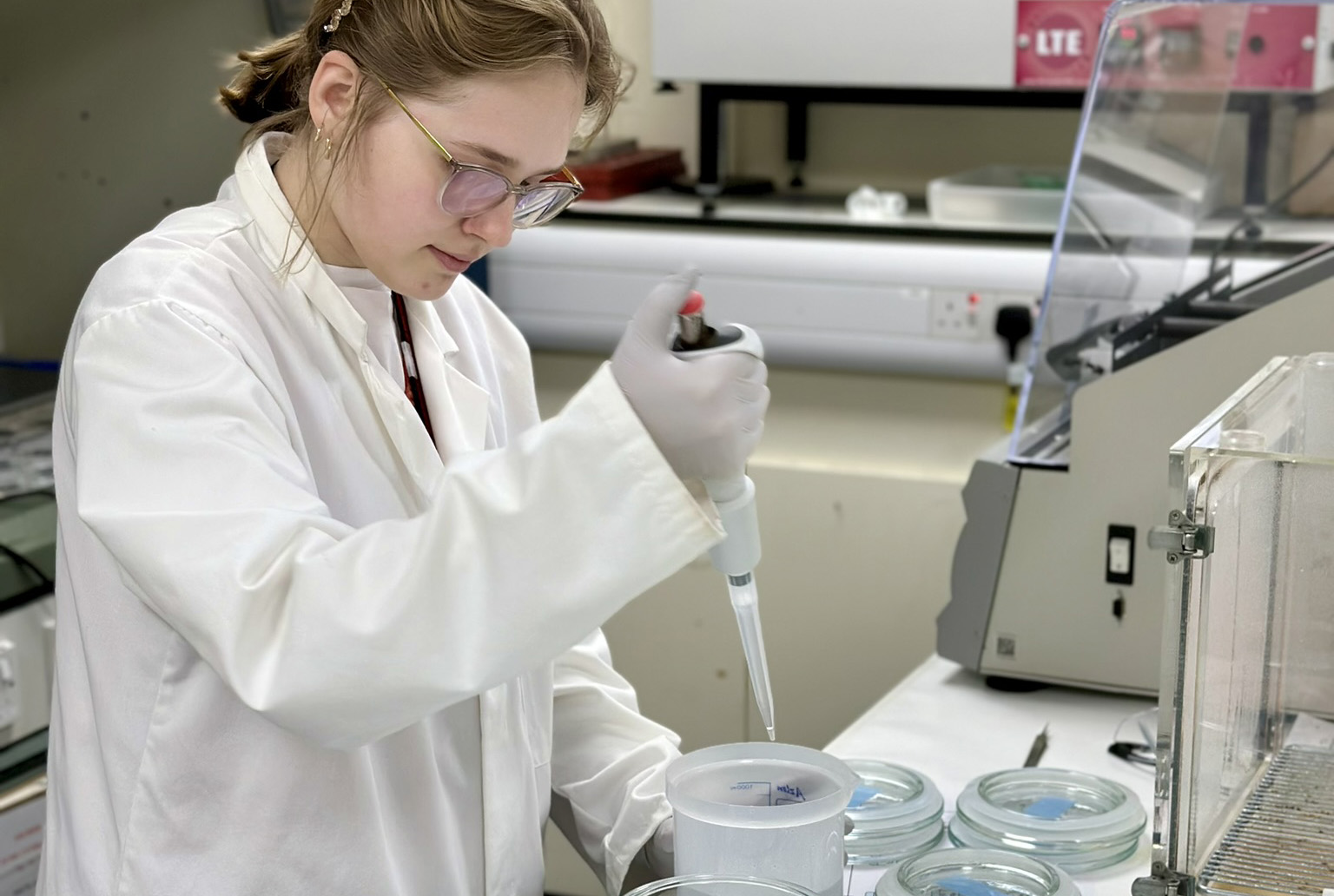
Exploring the role of stable isotope geochemistry in nuclear forensics
09/10/2024
Paulina Baranowska introduces her PhD research investigating the use of oxygen isotopes as a nuclear forensic signature.

BGS collaborates with Icelandic colleagues to assess windfarm suitability
03/10/2024
Iceland’s offshore geology, geomorphology and climate present all the elements required for renewable energy resources.

Mining sand sustainably in The Gambia
17/09/2024
BGS geologists Tom Bide and Clive Mitchell travelled to The Gambia as part of our ongoing work aiming to reduce the impact of sand mining.



